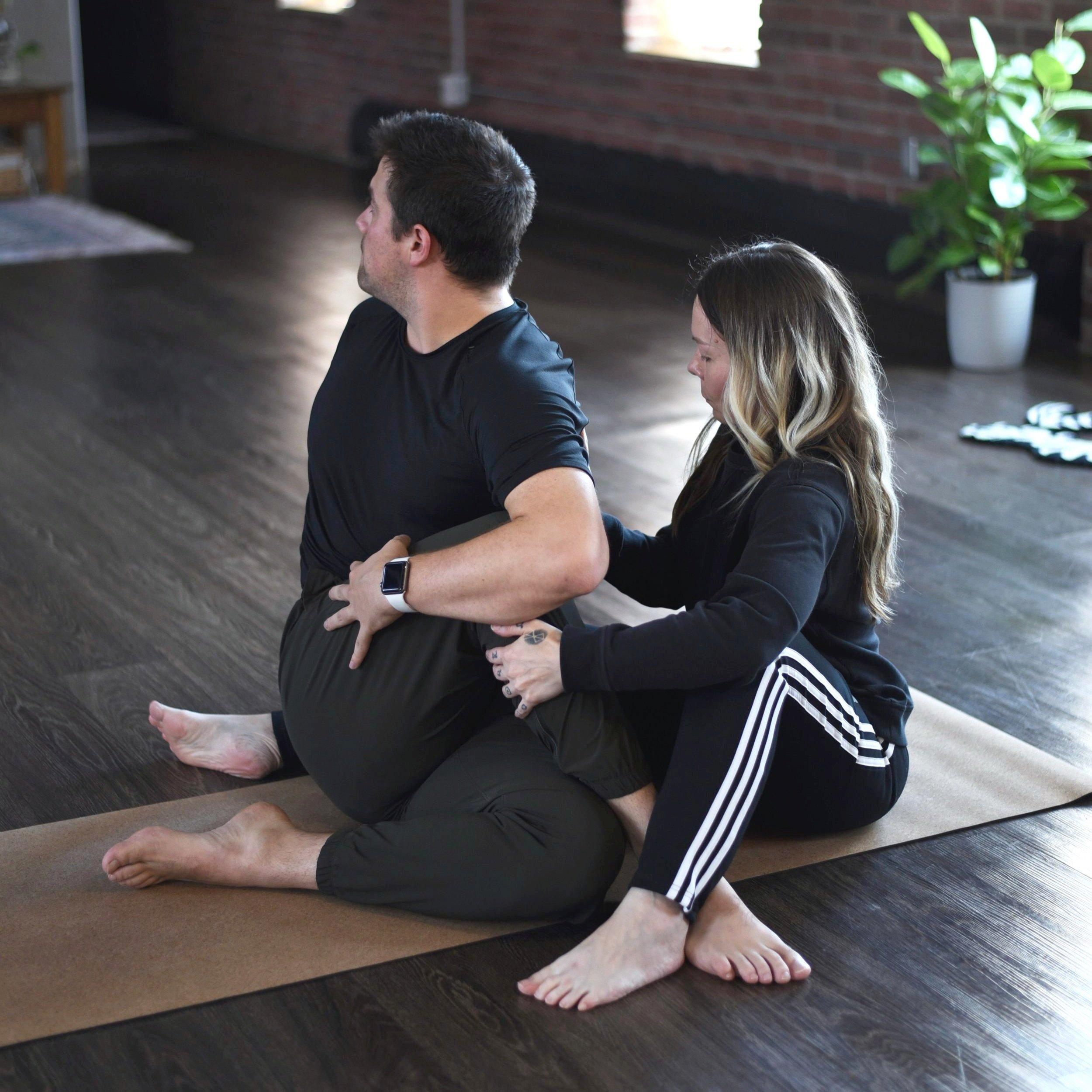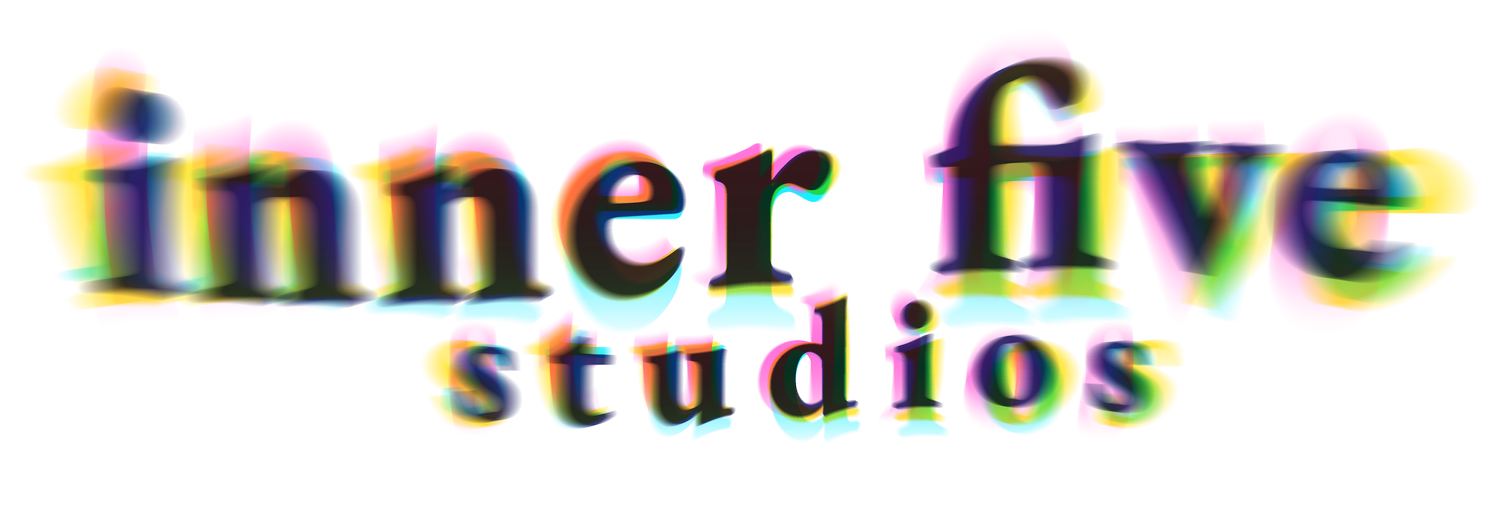
To adjust or not to adjust.
Let’s jump to the most important part of this conversation. When it comes to adjustments in a yoga class, of any type, the student and their permission is the most important part. And let’s also be clear - one time permission does not equal a lifetime of permission. It is the teachers responsibility to continually check in with their students and provide opportunity to say yes or no. Although we may trust our yoga teacher, and although at times we may love a good adjustment, sometimes there are days where we may have different boundaries and not want to receive physical touch. It is always ok to communicate this with your teacher.
With that being said, there are different ways in which a teacher can adjust that are not hands on.
1) Providing specific verbal cues for an individual student to change their alignment or posture is also providing an adjustment.
2) When a teacher demonstrates variations or modifications, they are showing the student(s) a way to adjust their own body or posture in a pose.
3) Depending on what you believe or experience when you practice, a teacher may give an energetic, emotional, or mental adjustment to a practitioner or the collective group. Think of a teacher taking on an audible breath to synchronize the class, or the simple presence of a teacher walking by at the right moment… lol, we’ve all been there. All of a sudden we straighten up, lunge a bit more into our expression, or soften our face.
The art of adjusting is a unique combination of communication styles and trust that continually develops between the teacher, student and collective group.
Teachers learning and practicing this art form must hone their ability to trust their student and to adjust with purpose, always. Not for the ego of the teacher, or the ego of the student. Rather, adjust because it will truly provide physical safety, a learning from the pose, a new way in, an appropriately timed advancement, comfort and relaxation, therapeutic reasons (if the teacher is trained in a healing modality), or support what the teacher and student have agreed to work on together. All while staying within the scope of work aligned with a yoga teacher and their specific credentials.
Adjustments are not one size fits all, and although there can be some general rules of thumb for good alignment, a meaningful adjustment will take in individual considerations for the person in front of the teacher and meet the student where they are at.
At Inner Five Studios we provide adjustments with permission and with utmost reverence look to continually learn and develop our skills. When attending one of our classes please feel free to talk with a teacher about adjustments. This develops strong communication skills, and builds trust in our yoga community.
